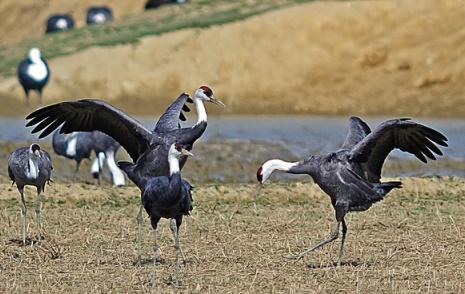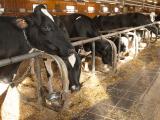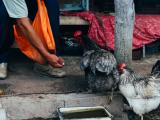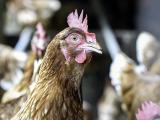The World Health Organization (WHO), in an assessment yesterday, said that while human risk of contracting H5N8 avian flu cannot be excluded, there is so far little evidence that the current H5N8 strain will mutate and infect humans.
H5N8 has circulated the globe since 2014, when it first appeared in China, Germany, Italy, Japan, the Netherlands, South Korea, Russia, and the United Kingdom. In late 2014, the strain came to North America, and last year H5N8 viruses were also detected in Taiwan, China, Hungary, and Sweden. The strain can infect both wild birds and poultry, and people have minimal to no immunity from the virus.
The current clade has been found in 11 countries: Austria, Croatia, Denmark, Germany, Hungary, India, Israel, Netherlands, Poland, Russia, and Switzerland. It was initially detected in Tyva, Russia, in May of 2016, and has followed migratory bird patterns, first appearing in India and then moving west to central Europe, the WHO said.
The agency said it expects more countries will report cases in the coming weeks, following bird migration patterns.
More H5N6 in Asia
The WHO said, however, that human infection with H5N6, another avian influenza clade, is possible. Today brings news of more H5N6 activity in both Japan and South Korea.
According to Avian Flu Diary, an infectious disease tracking blog, Japan's Ministry of Environment said that a water sample taken from Izumi City, Kagoshima, tested positive for H5N6. During winter months, Izumi City is home to 80% of the hooded cranes in the world.
Earlier this week, Japan reported deaths in wild bird and at a zoo, leading to culling. Though H5N6 is suspected, it is not yet confirmed in those cases.
South Korea now reports that two poultry farms have H5N6, resulting in the culling of 62,000 ducks. Last week the country reported several cases of H5N6 in wild migratory birds.
According to Avian Flu Diary, the appearance of H5N6 in Japan and South Korea suggests that migratory birds traveling from China brought the virus to the region.
See also:
Nov 18 WHO assessment
Nov 18 Avian Flu Diary Japan post
Nov 18 Avian Flu Diary South Korea post





















